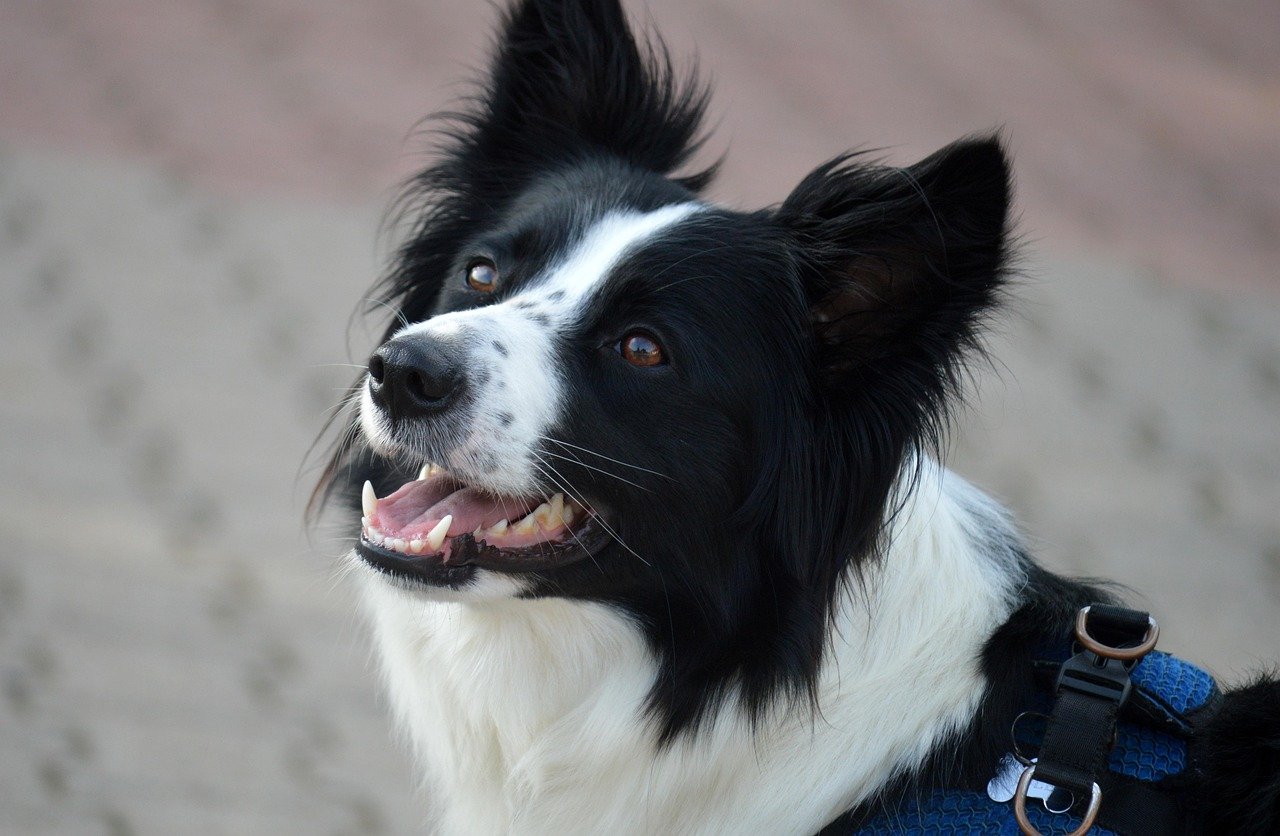Have you ever watched dogs at the park and wondered why some instantly click, tails wagging in perfect harmony, while others keep to themselves or even start a spat? The world of canine friendships is as complex and surprising as our own, shaped by more than just training or upbringing. Breed plays a mysterious yet powerful role in how dogs interact, form bonds, and choose their friends—or rivals. If you’ve felt that your Labrador is everyone’s best buddy or your Shiba Inu is a bit of a lone wolf, you’re not imagining things. Dive into this fascinating exploration of doggy personalities, where we uncover how breed shapes the secret social life of our furry companions, and what that means for dog lovers everywhere.
Why Breed Matters in Canine Friendliness
Dogs may be known as man’s best friend, but they also have complex social lives of their own — especially when it comes to getting along with other dogs. Just like humans, some dogs are naturally outgoing, while others prefer a smaller circle or even a more solitary life. Interestingly, a lot of this social behavior is influenced by breed. From playful pack-lovers to fiercely independent types, each breed brings its own social instincts to the table.
The breed of a dog can make a world of difference in how friendly it is toward people and other animals. Each breed was developed with certain traits in mind, often linked to the work it was originally bred to do. For instance, retrievers were designed to work closely with humans and other dogs, which is why they tend to be outgoing and sociable. On the other hand, breeds like the Akita or the Chow Chow were bred to be more independent and sometimes even aloof. These built-in tendencies don’t mean every dog of a given breed will act exactly the same, but they do set the stage for a dog’s general social disposition. Understanding the role that breed plays can help owners set realistic expectations, smooth out introductions, and even prevent misunderstandings between pets and people.
The Social Butterflies: Breeds Known for Outgoing Natures
Some dog breeds seem to have a natural charm that makes them the life of any doggy gathering. Golden Retrievers, Labradors, and Beagles are classic examples of breeds that are almost universally friendly. These dogs often greet strangers with wagging tails, love to make new friends at the dog park, and are quick to bond with both people and other animals. Their easygoing nature means they adapt well to new environments and are often chosen as family dogs or therapy pets. It’s not just luck—these breeds were selected over generations for their people-oriented personalities. If you’re looking for a canine companion who will love everyone they meet, these social butterflies are a great place to start.
The Reserved and Watchful: Breeds That Prefer Familiar Faces
Not all dogs are eager to make new friends at every turn. Breeds like the Shiba Inu, Basenji, or Afghan Hound often display a more reserved attitude, especially in unfamiliar situations. These dogs may take longer to warm up to new people or dogs and might prefer the company of their family over strangers. Their cautious approach is part of their natural instincts, often developed for guarding or hunting. While this doesn’t mean they’re unfriendly, it does mean that building trust and friendship might require more patience and understanding. Owners of these breeds often find joy in the deep, loyal bonds that form over time, even if their dogs aren’t the most outgoing at the park.
Pack Players: Herding Breeds and Group Dynamics
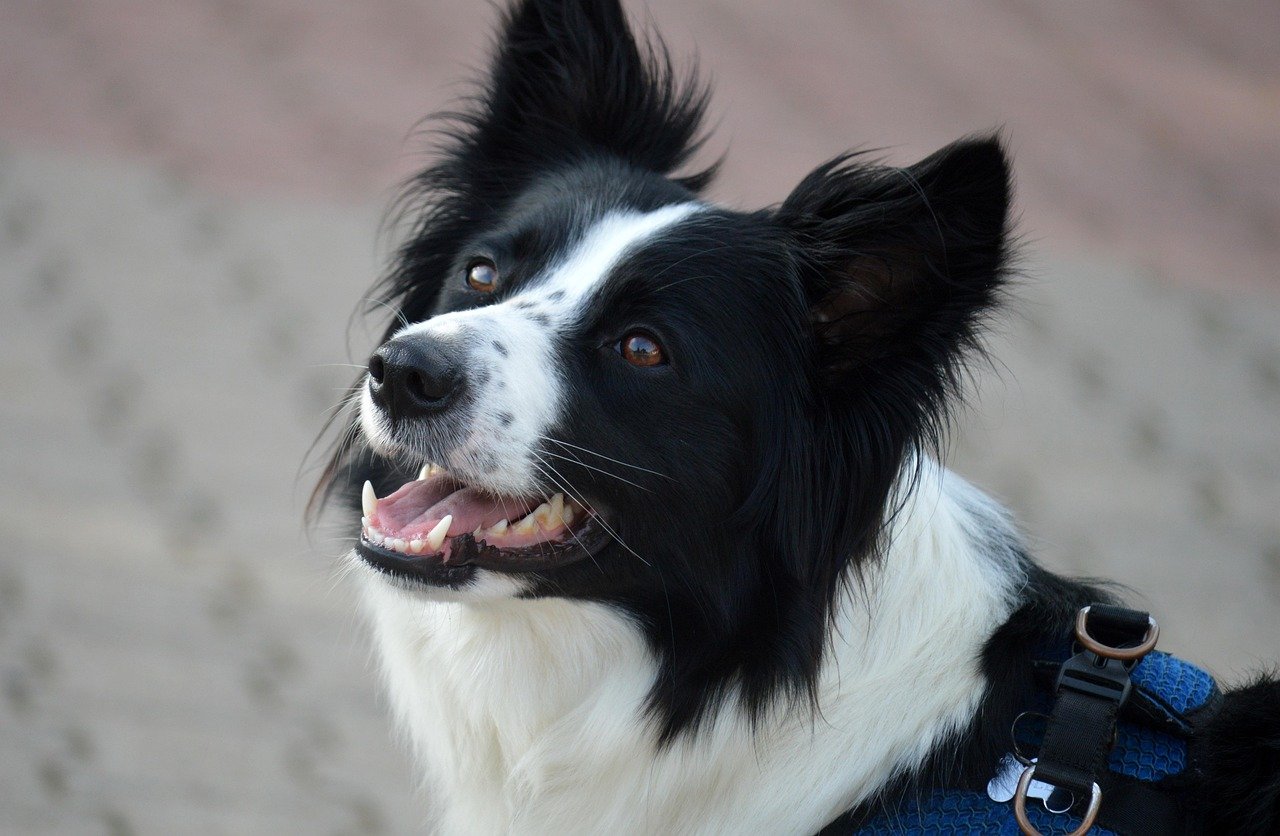
Herding breeds such as Border Collies, Australian Shepherds, and Corgis have a unique approach to social life. These dogs were bred to control and organize groups of animals, and those instincts often translate to their interactions with other dogs. Herding breeds may try to “organize” play at the dog park, gently corralling other dogs or even people. They are typically alert, intelligent, and enjoy being part of a group, but their strong instincts can sometimes be mistaken for bossiness. With positive socialization, these dogs become excellent companions and thrive in settings where teamwork is valued, such as dog sports or active families.
The Loyal Guardians: Protective Breeds and Social Circles
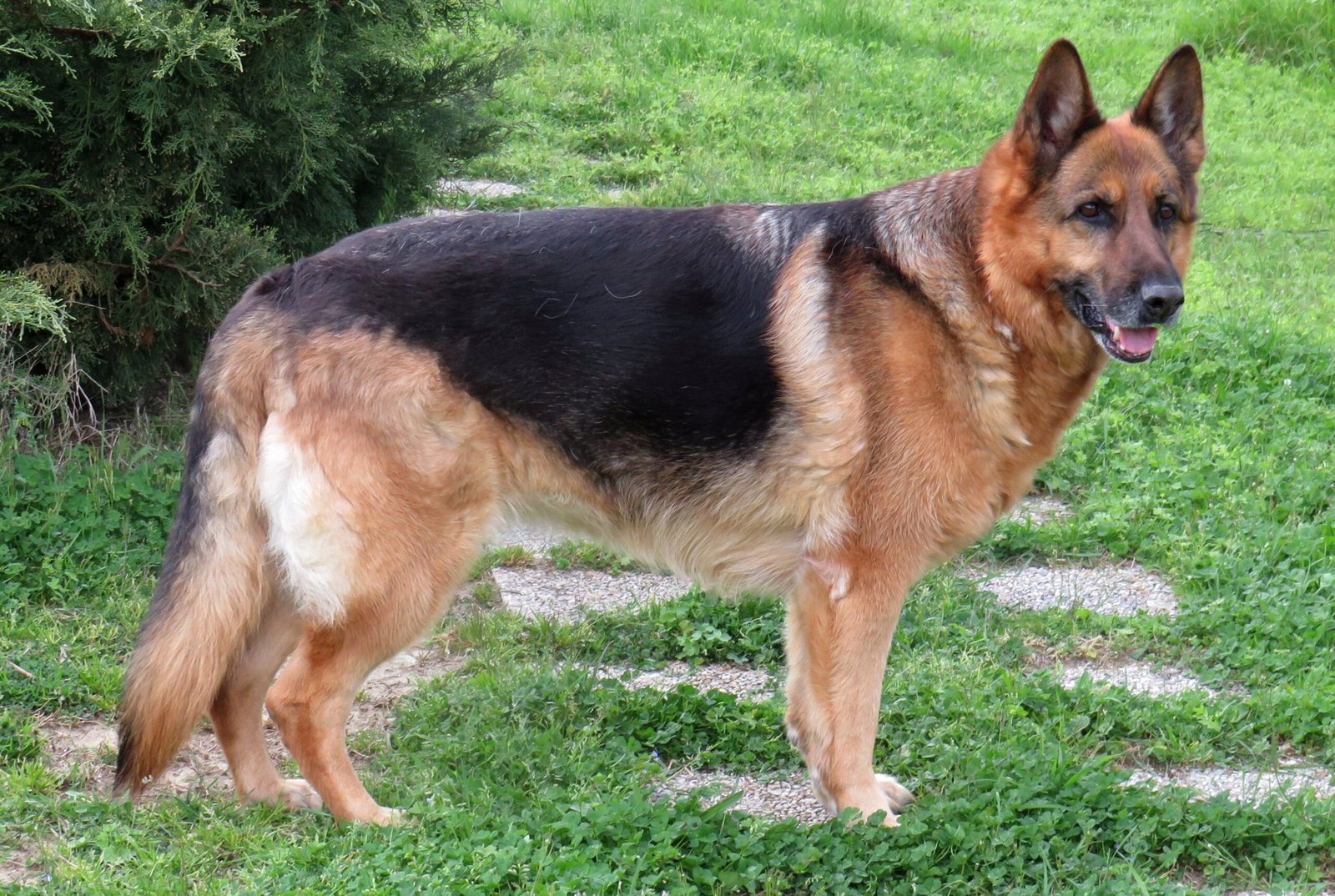
Breeds like the German Shepherd, Doberman Pinscher, and Rottweiler are famous for their loyalty and protective instincts. While these breeds can be incredibly affectionate with their families, they may be cautious or even standoffish with strangers. Their social life is often built around a tight-knit group of people and pets they trust. If introduced carefully and socialized early, these dogs can broaden their circle, but their priority is always the safety and happiness of their pack. Owners of protective breeds often find deep satisfaction in the unwavering loyalty and courage their dogs display, knowing their pets are always looking out for them.
Small but Mighty: Toy Breeds and Their Social Preferences
Don’t let their size fool you—toy breeds like Chihuahuas, Pomeranians, and Papillons have strong personalities and unique social preferences. While some are outgoing and fearless, others may be wary around larger dogs or loud environments. Many toy breeds form deep attachments to their owners and can be quite affectionate at home, but they sometimes display a bit of “small dog syndrome,” acting tough or even snappy when they feel threatened. With gentle socialization and positive experiences, toy breeds can enjoy a rich social life and make wonderful companions for those who understand their quirks.
Energy and Temperament: How Activity Levels Shape Socialization
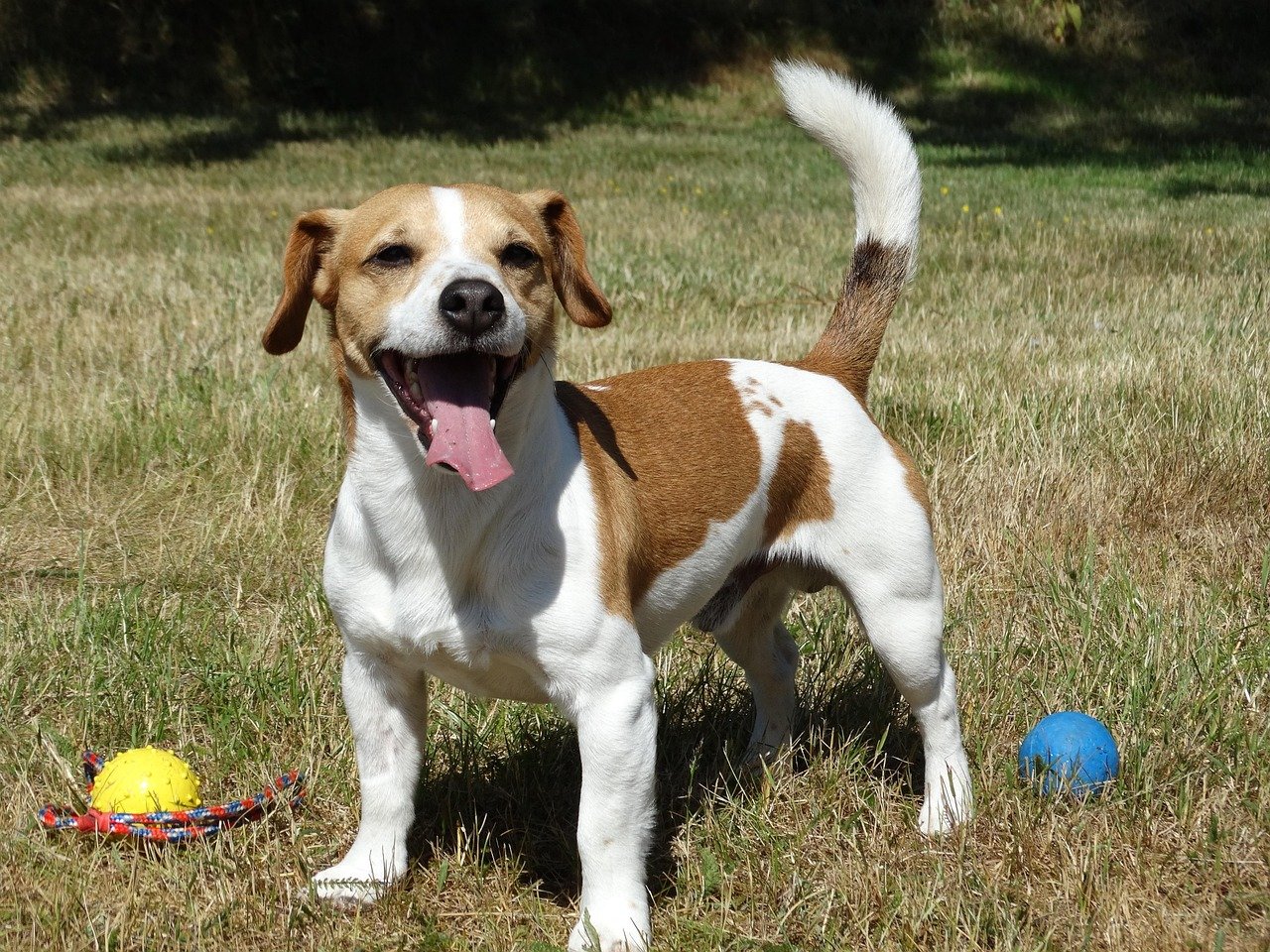
A dog’s energy level is closely tied to its breed and can play a huge role in its social interactions. High-energy breeds like Jack Russell Terriers or Huskies love active play and often seek out similarly energetic companions. In contrast, breeds with lower activity needs, such as Bulldogs or Basset Hounds, may prefer relaxed, calm environments and quieter playmates. When energy levels align, dogs are more likely to enjoy each other’s company and avoid misunderstandings. Matching your dog’s temperament and activity needs with the right friends can make social outings more enjoyable and stress-free for everyone involved.
Breed Mixes: The Wild Cards of the Dog World
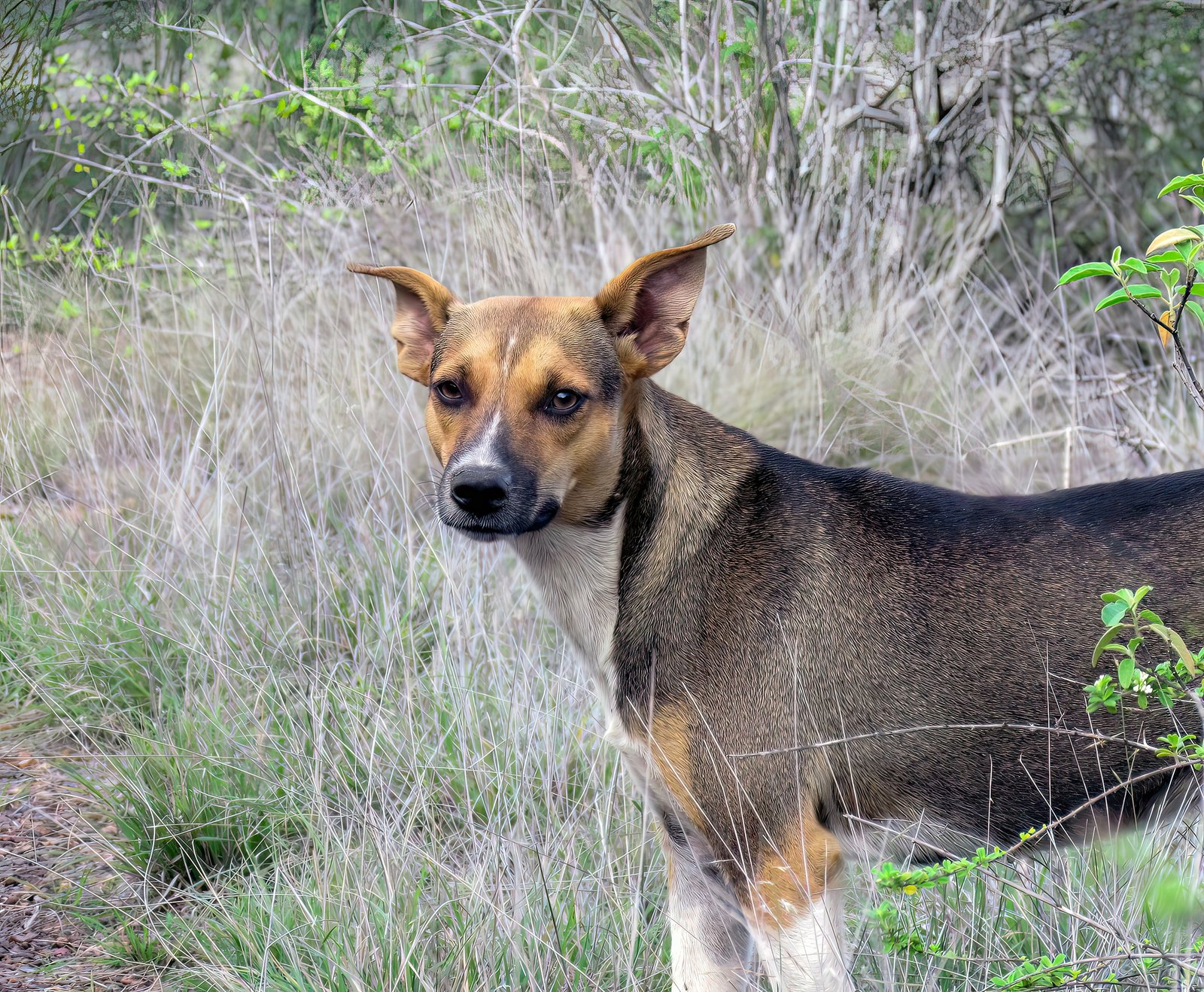
Mixed breed dogs bring an exciting element of surprise to the social scene. With a blend of traits from different ancestries, their personalities can be wonderfully unique. Some mixes inherit the friendliness of a Labrador parent, while others might display the independence of a Husky ancestor. This unpredictability can be a gift, as mixed breeds often defy stereotypes and develop their own style of socializing. For owners, this means tuning in to their individual dog’s cues and watching how they interact with others, rather than relying solely on breed expectations.
Training and Early Socialization: Nurturing the Best in Every Breed
No matter the breed, early socialization and positive training are key to nurturing a friendly, well-adjusted dog. Puppies exposed to a variety of people, animals, and environments are more likely to grow into confident, sociable adults. While some breeds may need extra encouragement to come out of their shell, consistent training and gentle exposure can make a world of difference. Socialization isn’t just about teaching dogs to get along—it’s about giving them the confidence to navigate the world and form happy, healthy relationships.
Finding the Right Match: Compatibility Among Different Breeds
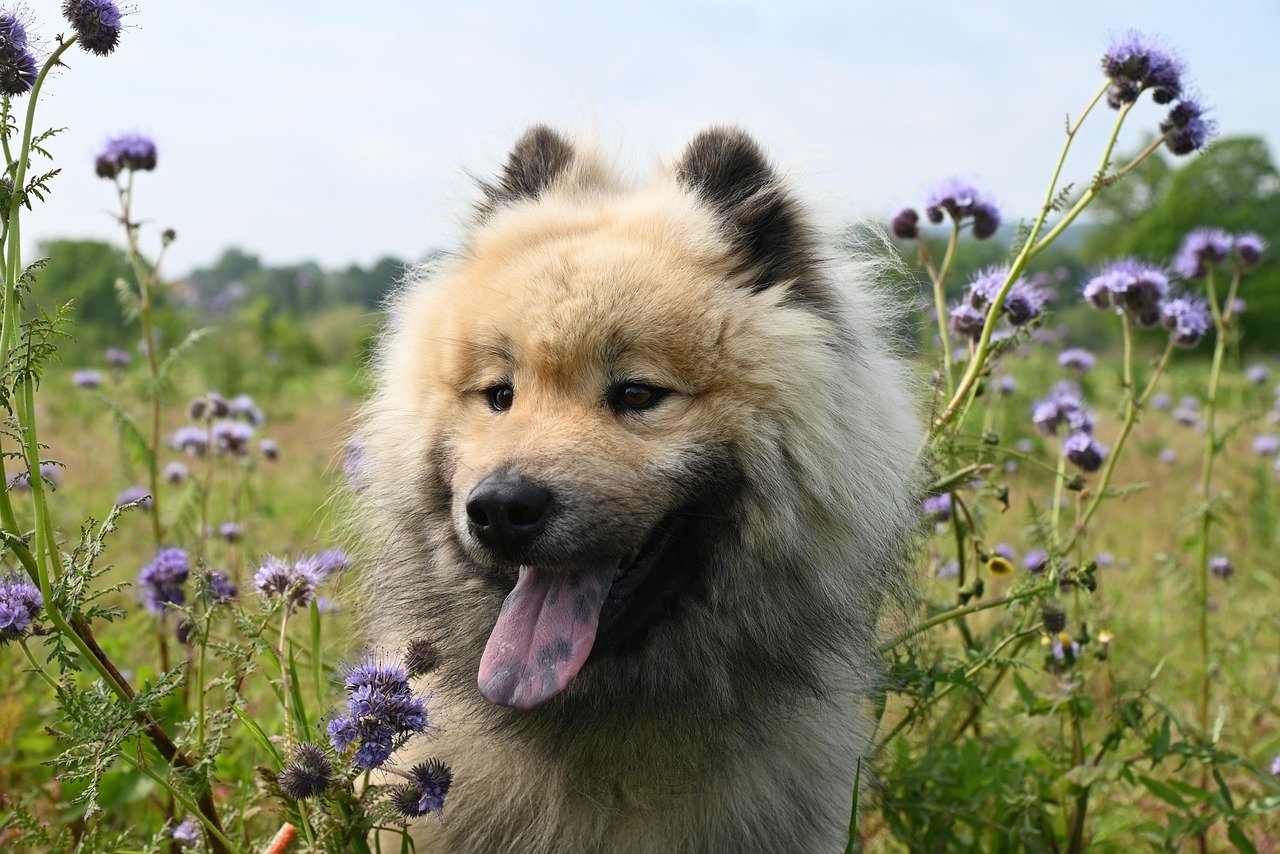
Choosing a new canine companion or introducing your dog to others isn’t just about breed, but understanding how different personalities mesh. Some breeds naturally complement each other—think of a calm Basset Hound befriending a playful Golden Retriever, or two herding dogs teaming up for a game of chase. At the same time, some combinations may require more effort and supervision, especially if one breed’s play style is much rougher or more reserved than the other’s. Paying attention to individual dogs’ behavior and preferences is just as important as considering breed tendencies. With patience and care, nearly any pair or group of dogs can learn to appreciate each other’s company.
The Human Factor: How Owners Influence Dog Social Lives
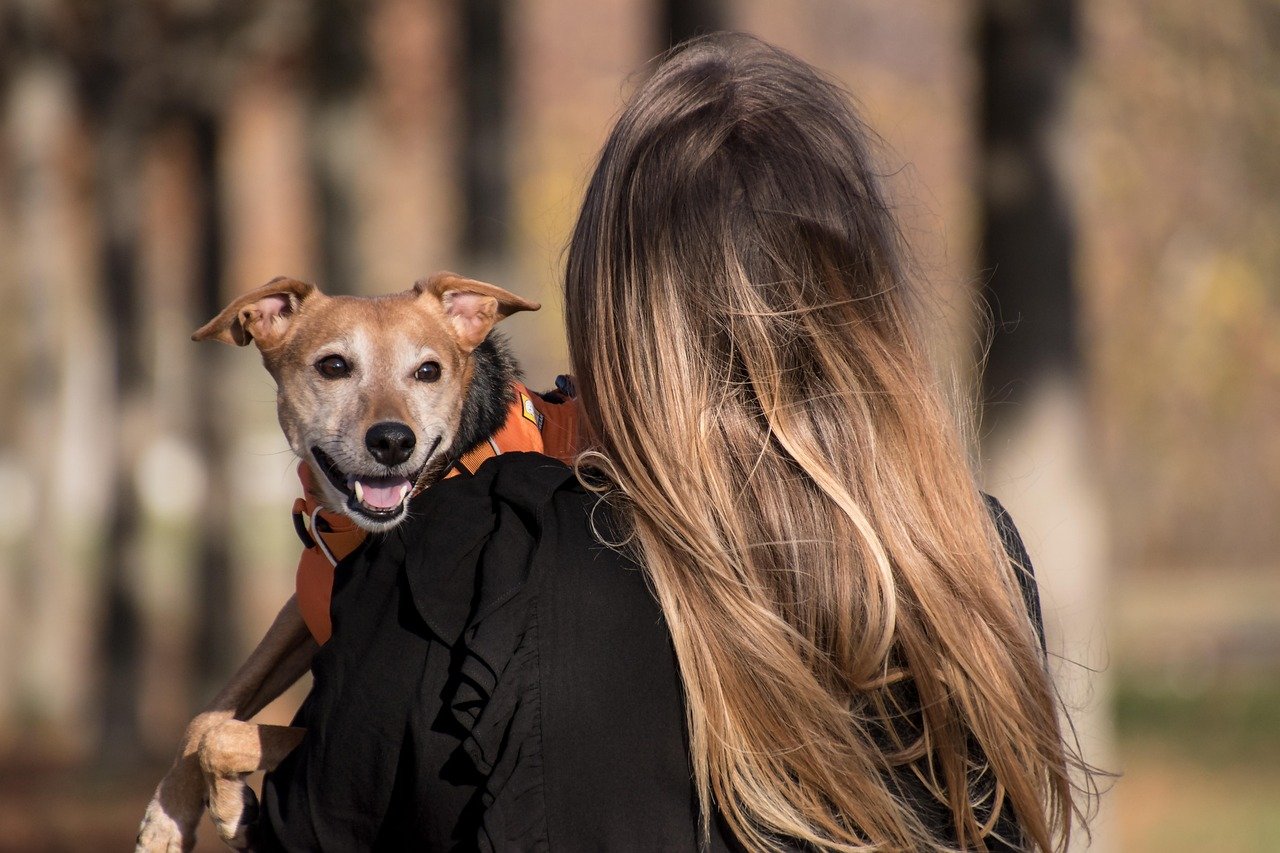
As much as breed shapes a dog’s social life, the way owners handle and guide their pets has a huge impact too. Confident, positive owners help their dogs feel safe exploring new friendships, while anxious or overprotective attitudes can make dogs wary. Simple routines, like regular walks or visits to the dog park, offer opportunities for dogs to practice their social skills in a safe environment. Owners who understand their dog’s breed tendencies—and respect their individual quirks—create an atmosphere where friendships can blossom. Ultimately, it’s a team effort, with humans and dogs learning and growing together in the art of making friends.
Understanding the social tendencies tied to your dog’s breed can make a world of difference in how you manage their relationships — both with other dogs and with people. While individual personality always plays a role, breed-specific traits offer valuable insight into how your dog approaches companionship, play, and boundaries. By recognizing these natural inclinations, you can set your pup up for smoother interactions, stronger bonds, and a more harmonious social life. After all, knowing what makes your dog tick is the first step to helping them thrive in a world full of furry (and human) friends.

Andrew Alpin from India is the Brand Manager of Doggo digest. Andrew is an experienced content specialist and social media manager with a passion for writing. His forte includes health and wellness, Travel, Animals, and Nature. A nature nomad, Andrew is obsessed with mountains and loves high-altitude trekking. He has been on several Himalayan treks in India including the Everest Base Camp in Nepal.

